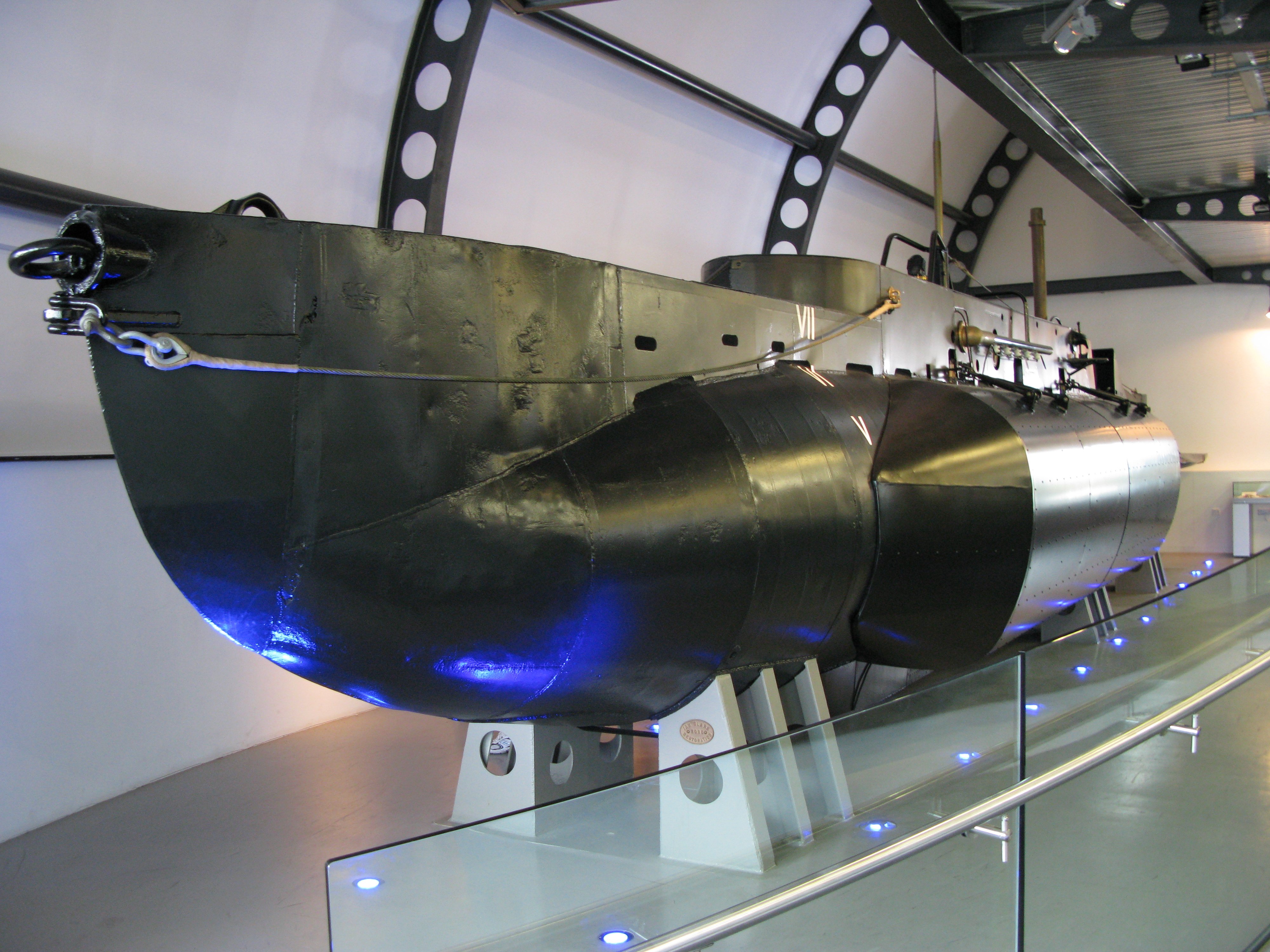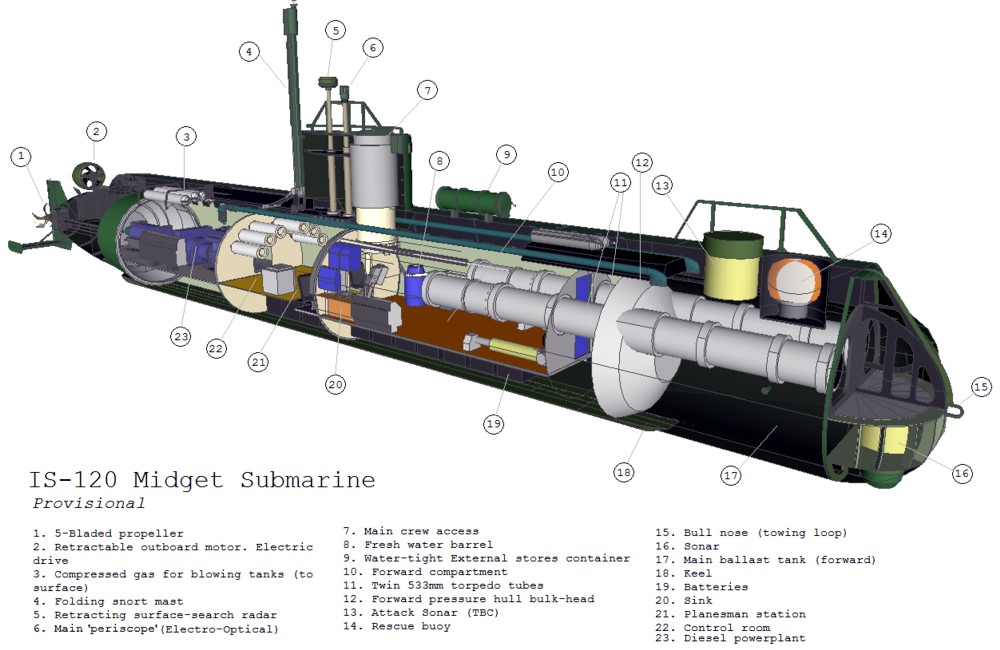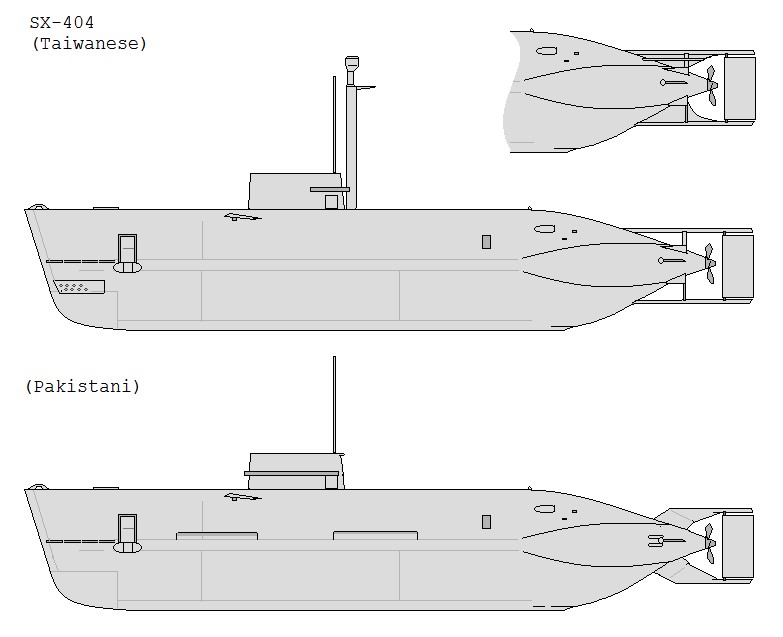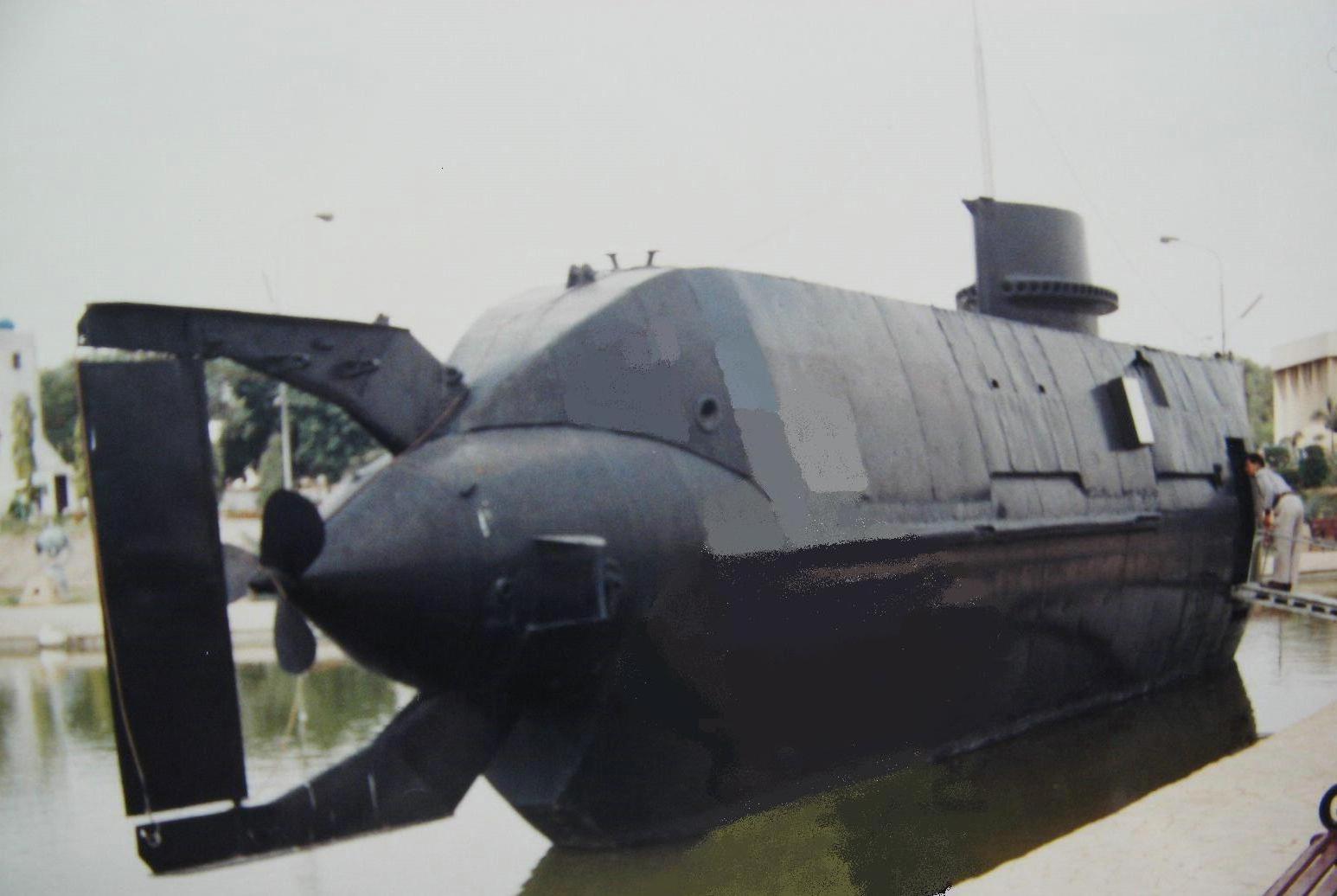shubhamsaikia
Regular Member
- Joined
- Apr 24, 2012
- Messages
- 354
- Likes
- 158
A midget submarine is any submarine under 150 tons[citation needed], typically operated by a crew of one or two but sometimes up to 6 or 8, with little or no on-board living accommodation. Midget submarines normally work with mother ships, from which they are launched and recovered, and which provide living accommodation for the crew and other support staff. Both military and civilian midget submarines have been built. Military types work with surface ships and other submarines as mother ships. Civilian and non-combatant military types are generally called submersibles, and normally work with surface ships. Most early submarines, such as the United States Navy's USS Holland (SS-1) and the British Royal Navy's Holland 1, would now be considered midget submarines.
The best known role for midget submarines is probably harbor penetration, although only two World War II boats, the British X-craft and the unsuccessful Welman submarine were specifically designed with this in mind. Japan's Ko-hyoteki class submarines were originally designed to take part in decisive fleet actions. However, as circumstances changed, they ended up tasked with harbour penetration. Germany's various World War II designs were mostly designed to attack Allied shipping off landing beaches and harbours, although the Seehund had a great enough range to attack shipping off the Thames estuary. Midget submarines have also seen some use in support roles. X-craft were used for reconnaissance, and the Seehund was used to carry supplies. A number of modern midget submarines have also been built for submarine rescue.

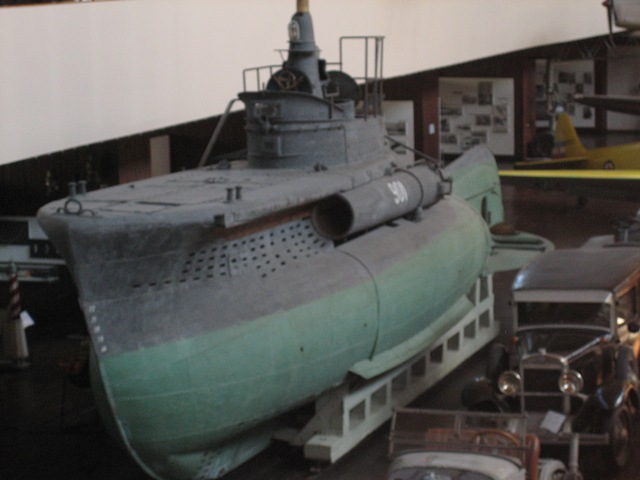
The best known role for midget submarines is probably harbor penetration, although only two World War II boats, the British X-craft and the unsuccessful Welman submarine were specifically designed with this in mind. Japan's Ko-hyoteki class submarines were originally designed to take part in decisive fleet actions. However, as circumstances changed, they ended up tasked with harbour penetration. Germany's various World War II designs were mostly designed to attack Allied shipping off landing beaches and harbours, although the Seehund had a great enough range to attack shipping off the Thames estuary. Midget submarines have also seen some use in support roles. X-craft were used for reconnaissance, and the Seehund was used to carry supplies. A number of modern midget submarines have also been built for submarine rescue.


